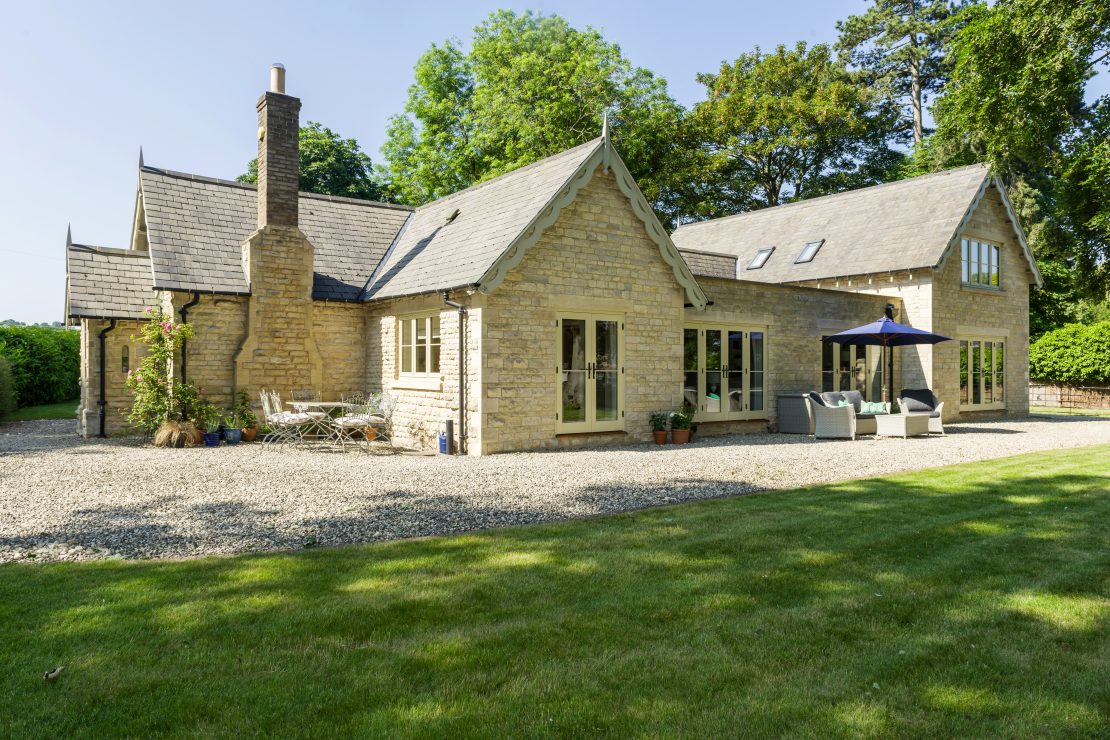August 22, 2018
Today in the UK there are 2 main designs of casement window; flush and stormproof. But what is the difference?
Primitive versions of the casement window were first introduced into the UK in the 16th and 17th centuries and were the main option for windows in most homes before the sash window was introduced in the 17th century.
Casement windows again became the most prominent choice during the second half of the 18th century, back then casement windows consisted of six panes joined by glazing bars to construct the window and opening casements and frames were constructed entirely from timber.
Advances in glazing technology and further ones in the timber industry resulted in the number of casements reducing from 6 to 2 panes per window.
Casement windows open on a hinge and are either top hung or side hung. Both operate with hinges to open. Side hung casements open similar to a door would, where as top hung windows are rotated 90 degrees so that the hinge is along the top.
The traditional casement window design has a window, or sash that fits into the frame and sits flush, hence the name flush casement.

This design was changed in the 1950’s, when a lip was introduced to stop the window sitting flush and actually resting proud of the frame, often called lipped casement windows, the design actually ensures extra protection against the elements, hence the name stormproof.

Although there are major difference between the look and finish of the position of the sash on the flush and stormproof windows as above, at George Barnsdale there is minimal difference in the performance. As we design and manufacture both types of window to provide excellent performance.
Both offer excellent weather performance, we use dual weather seals, which help to retain warmth and exclude noise and moisture, whilst the design and discreet positioning of the seals does not detract from the authentic appearance.
We also offer a wide range of layout, glazing, finish and paint options to capture the timeless aesthetic qualities that you would expect from a casement window.
One element where we can offer difference on the flush is to customise the design to provide a regency mock sash casement window. Decorative horns to finish provide an authentic sliding sash window appearance.
Most casement windows open outward, however, we can utilise an inward opening mechanism on our flush casements, similar to that used on our tilt and turn window product.
The tilt and turn window offers the same benefits as that off our flush casement window, but we have added a tilt and turn facility via a dual hinge to enable an additional tilt opening for secure ventilation.

For more information on flush and stormproof casement windows read the following articles:
What are Flush Casement Windows?
What are stormproof casement windows?
If you need any more help with the differences between the various windows on offer and what would be the best for your project then please do not hesitate to contact us.




















